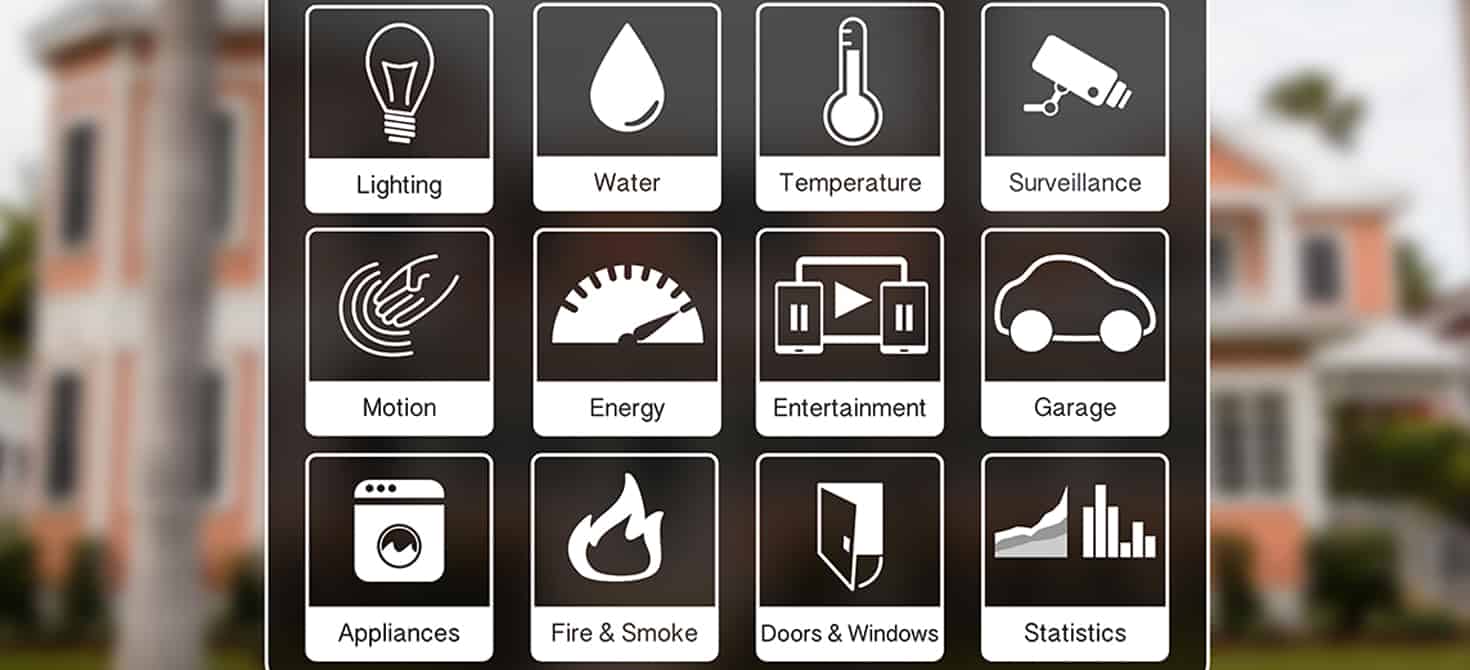- Furnishing trends
- 0 likes
- 3587 views

How to connect your home automation system? Transforming your electrical system into home automation is the ambition of many people who want to benefit from the great functionality and all the advantages of a smart home.
In the following paragraphs we will give you some valuable advice and indications on how to design a domotic system and how to implement domotics on an existing system: here is a simple and intuitive guide on domotics.
Do-it-yourself home automation system: is it possible?
How to set up a home automation system? Is it possible to realise it completely independently? To answer this question exhaustively, let's start by clarifying what a smart or domotic home is. We could define a domotic home as an environment in which a special system has been installed and set up to manage functions that are completely automated and extremely simple to use.
The important thing to point out right away is that in 2021 it will be possible to install a domotic system in any home or professional environment, without the need to carry out major renovation work that will have a considerable impact on your space and a considerable impact on design and installation costs. For this reason, in Italy, the implementation of a domotic system in living spaces is constantly growing. It is important to emphasise that in most cases, home automation systems are realised by intervening on normal electrical systems.
Creating a do-it-yourself home automation system, in total autonomy, is not an easy task, unless you decide to opt for a home automation system with the Alexa Echo device and its integrated tools. It is, however, possible to create a home automation system within one's own space, by adapting one's own classic electrical system: for this type of intervention the skills of a specialised electrician will be required.
Characteristics and features of a modern home automation system
A modern home automation system differs according to the individual needs of the user. Obviously there are many functions that can be integrated in a modern Home automation system: this aspect makes it easy to understand how complex the configuration and wiring of a Home automation system can be. The following is a summary of the main functions that can be managed with an advanced Home automation system:
- Thermoregulation of home environments (both for heating and air conditioning)
- Energy management of the property with an increase in the market value of the same property, thanks to the improvement in energy class
- Lighting management with a saving of at least 75% on energy consumption
- Control of energy loads to avoid possible blackouts
- Remote management of functions using a PC, tablet or smartphone.
Obviously, there are many more functions that can be managed with the help of home automation. In the following paragraph, let's take a look at the best way to adapt your classic electrical system to a domotic system, without having an excessive impact on design and installation costs.

How to transform a classic electrical system into a Home automation system
If you intend to transform your classic electrical system into an advanced home automation system, the first thing to do is to rely on a specialised designer with great competence, professionalism, and experience in the field of home automation applications. The technician you are going to select for this type of intervention must fully understand your needs and requirements. The professional will also have to analyse your building with the utmost care and attention, identifying the most practical and intelligent solution for transforming your electrical system into a real home automation system.
Here are the main steps for transforming an existing electrical system into a modern home automation system:
- On-site inspection and thorough examination of the building
- Drawing up a cost estimate
- Designing a customised home automation system
- Installation of cables and infrastructures (possible collaboration with other professionals if more complex work is required)
- Complete implementation of the project and installation of all the components
- Support and brief training on the use of the home automation system
Stages of adaptation from a traditional electrical system to a Home automation system
Generally we can say that the adaptation from a traditional electrical system to a Home automation system can take place in two ways respectively:
- Pulling out the cables of the traditional electrical system and inserting the bus cable (the main communication channel between the various Home automation system devices: its function is to transport the sensor signals to the control units, which will send the relative orders to the actuators).
- Track marking intervention: this technique is usually practised in circumstances where the electrical system is outdated and cannot be removed in all its parts and components. In this case, we proceed with marking the tracks and carrying out any masonry work to complete the upgrade: in this case, the upgrade costs will be much higher, but will allow the complete renovation of an outdated electrical system.
